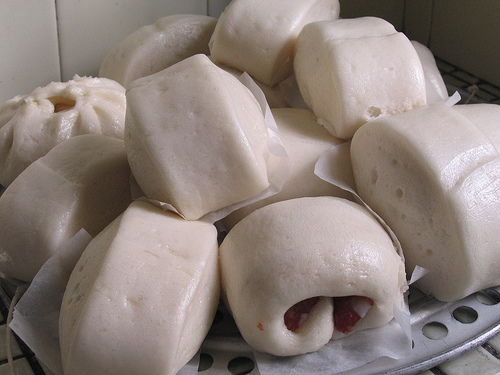Facts About Mantou
Mantou, commonly known as Chinese steamed buns, is a cherished staple in Northern China. These buns are crafted from milled wheat flour, water, and leavening agents and come in a variety of sizes and textures—from small, fluffy buns to larger, denser ones. Historically, mantou, along with bing (a type of flatbread) and wheat noodles, formed the backbone of the northern Chinese diet. In pre-industrial China, white flour was a costly commodity, so mantou was often considered a luxury.
The origins of mantou trace back to ancient Chinese dynasties, possibly as far back as the Zhou Dynasty, gaining widespread popularity during the Han Dynasty. The filled version of mantou, now known as baozi, was likely introduced to Central and East Asia by the Mongols during the Yuan Dynasty.
A fascinating legend is associated with the name "mantou." It involves Zhuge Liang, a renowned strategist from the Three Kingdoms period. According to the tale, during a military campaign, he needed to appease a river deity. To do so, he fashioned buns to resemble human heads and tossed them into the river, supposedly giving rise to the name "mantou."
Over time, the meaning of mantou has evolved. In some regions, it refers to both filled and unfilled buns, while in others, it specifically denotes unfilled buns. The term "baozi" emerged during the Song Dynasty to describe filled buns. Today, mantou and its variations are enjoyed worldwide, with similar filled dumplings appearing in Turkish, Persian, Uzbek, Korean, and other cuisines.
